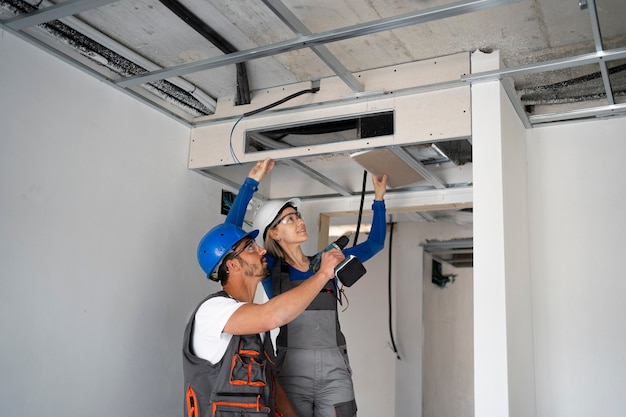
Enhance Your Workplace with Top-notch Commercial Indoor Air Quality Solutions
In today's increasingly health-conscious world, maintaining superior indoor air quality (IAQ) in commercial spaces is not just a regulatory necessity but a crucial component for ensuring employee well-being and productivity. Poor indoor air quality can lead to numerous health issues, decreased work efficiency, and can even affect a company's bottom line. Implementing robust commercial indoor air quality solutions is essential for creating a safe and comfortable environment. This article delves into the various strategies and systems that can be employed to enhance IAQ in the workplace.
Understanding Indoor Air Quality
Indoor air quality refers to the condition of the air within buildings and structures, especially as it relates to the health and comfort of building occupants. Several factors can impact IAQ, including:
- Airborne pollutants such as dust, mold spores, and chemical emissions.
- Ventilation effectiveness and air circulation.
- Humidity levels and temperature control.
To combat these challenges, developing a comprehensive understanding of IAQ is pivotal. Read more about this topic.
Key Strategies for Enhancing Indoor Air Quality
Regular HVAC Maintenance
Heating, ventilation, and air conditioning (HVAC) systems play a crucial role in maintaining IAQ. Regular maintenance of these systems ensures optimal performance and minimizes the buildup of contaminants.
- Change air filters regularly to prevent dust and particle accumulation.
- Perform routine inspections and cleaning of air ducts and vents.
- Schedule periodic professional maintenance to ensure system efficiency.
Learn more in this detailed guide on HVAC maintenance practices.
Utilizing Air Purification Systems
Air purifiers are effective in removing airborne particles and pollutants. Consider the following options:
- HEPA filters to capture fine particles like pollen and smoke.
- UV light systems to neutralize bacteria and viruses.
- Activated carbon filters to absorb odors and chemical fumes.
Explore further insights here.
Ensuring Adequate Ventilation
Proper ventilation is essential to circulate fresh air and dilute indoor pollutants. Strategies include:
- Utilizing natural ventilation through windows and vents.
- Implementing mechanical ventilation systems where natural ventilation is insufficient.
- Incorporating energy recovery ventilators to maintain energy efficiency.
Find additional information here.
Monitoring and Continuous Improvement
To maintain high standards of indoor air quality, continuous monitoring is vital. This includes:
- Installing air quality sensors to detect pollutant levels in real-time.
- Regularly reviewing IAQ data to identify trends and areas for improvement.
- Adapting IAQ strategies based on data-driven insights.
Learn more about effective monitoring techniques in this detailed guide.
The Impact on Employee Health and Productivity
Improving indoor air quality has a direct positive impact on employee health and productivity. Benefits include:
- Reduced incidence of respiratory problems and allergies.
- Fewer sick days and improved employee attendance.
- Enhanced cognitive function and work performance.
By investing in quality air solutions, organizations can foster a healthier, more productive work environment. Explore further insights here.